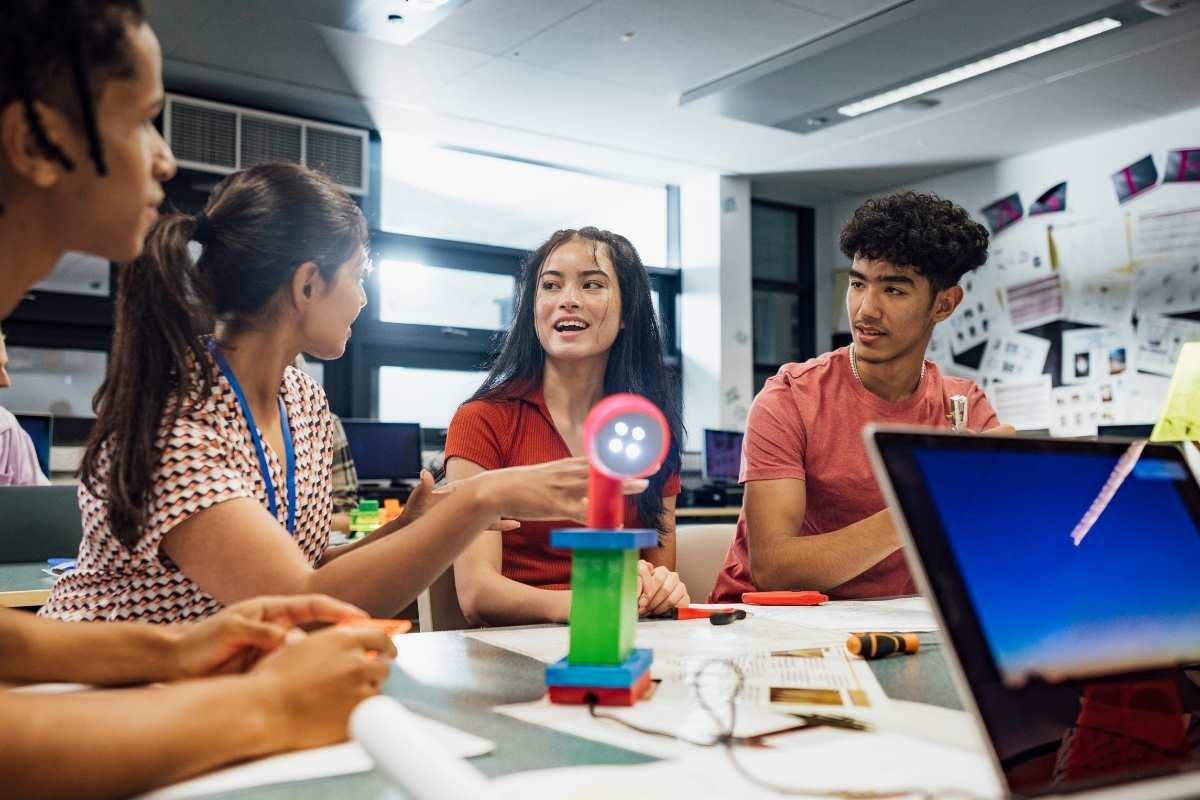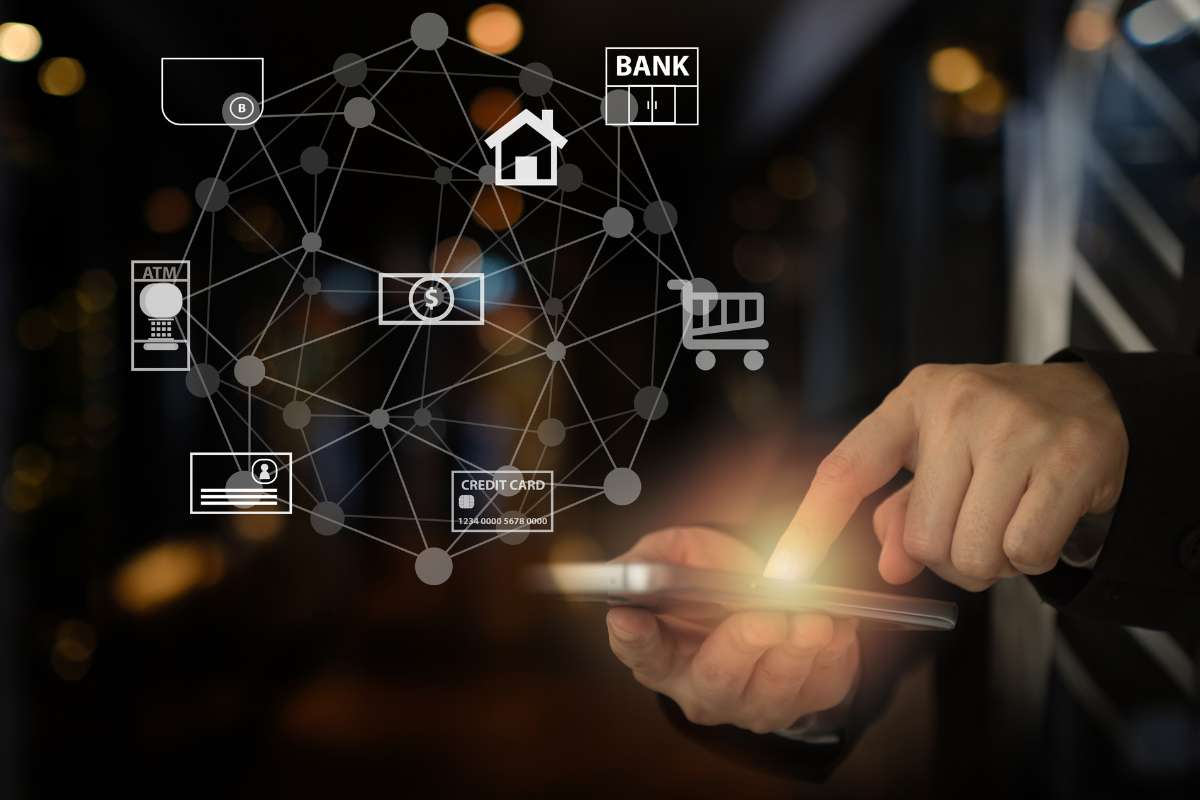In today’s fast-paced, technology-driven world, the landscape of education is rapidly evolving. The traditional classroom setup, once the sole mode of education, has given way to more flexible and innovative learning strategies. One of the most prominent approaches in this transformation is the blended learning model. This hybrid learning method integrates online educational resources with traditional in-person teaching, creating a more personalized and effective learning environment for students. In this article, we will explore the concept, benefits, and different types of blended learning models, highlighting their growing importance in modern education.
What is a Blended Learning Model?
A blended learning model combines the best aspects of face-to-face classroom instruction and online learning. Instead of relying solely on physical presence in a classroom, students engage with both in-person and digital educational content. This model allows for a more flexible and dynamic approach to learning, providing opportunities for personalized instruction, self-paced learning, and increased student engagement.
Blended learning is not a one-size-fits-all approach. There are various types of blended learning models, each designed to meet specific educational needs. From rotational models to flex models, blended learning offers a range of strategies that can be customized to suit different learners, subjects, and teaching styles.
Benefits of Blended Learning Models
The growing popularity of blended learning models can be attributed to the numerous advantages they offer for both students and educators. Here are some of the key benefits:
1. Personalization and Flexibility
One of the main benefits of the blended learning model is the ability to tailor the learning experience to individual students. Teachers can use online resources to provide customized lessons that cater to each student’s unique learning pace and style. For example, students who excel in certain subjects can move ahead with advanced materials, while those who need more time can revisit concepts through digital tutorials. This flexibility helps ensure that no student is left behind and fosters a more inclusive learning environment.
2. Improved Engagement and Interaction

Blended learning enhances student engagement by integrating interactive digital content into the learning process. The use of multimedia elements such as videos, simulations, and gamified learning activities makes lessons more engaging and relatable. Additionally, the blended learning model encourages collaboration among students through online discussion forums, group projects, and real-time feedback from teachers. These interactive elements make the learning process more dynamic and enjoyable, which can lead to better academic outcomes.
3. Access to a Wealth of Resources
With online learning being a core component of blended learning models, students gain access to a wide range of educational resources beyond the textbook. This includes video lectures, digital libraries, educational websites, and specialized tools that enhance the learning experience. The internet offers an abundance of information that can be tapped into at any time, providing students with the ability to learn independently and expand their knowledge on various subjects.
4. Development of 21st-Century Skills
Incorporating technology into education through blended learning models prepares students for the digital world they will encounter in their future careers. It helps them develop critical 21st-century skills such as digital literacy, self-regulation, problem-solving, and communication. These competencies are essential in today’s job market, where technology and collaboration play a significant role. By fostering these skills in the classroom, blended learning prepares students for the challenges of the modern workforce.
5. Data-Driven Decision Making

The online component of blended learning models allows educators to collect valuable data on student performance. Through learning management systems (LMS), teachers can track students’ progress, analyze their strengths and weaknesses, and adjust lesson plans accordingly. This data-driven approach helps educators identify areas where students may need additional support or enrichment, ensuring that the learning experience is continuously optimized.
Types of Blended Learning Models
There are several types of blended learning models, each offering different approaches to integrating online and in-person learning. Below, we’ll discuss some of the most common models used in educational settings.
1. Station Rotation Model
In the station rotation model, students rotate between different learning stations, which typically include a mix of online learning, teacher-led instruction, and group activities. This model allows for a variety of learning experiences within a single class period and helps cater to different learning preferences. For example, students may spend one part of the lesson engaging with digital content, followed by a group discussion or hands-on activity.
2. Flex Model
The flex model places a strong emphasis on online learning, with students accessing most of their educational content through digital platforms. However, in-person support from teachers is still available when needed. This model offers students greater autonomy over their learning process, as they can work at their own pace and seek guidance from teachers as necessary. The flex model is often used in higher education and adult learning environments, where students benefit from the flexibility of online courses while still having access to in-person assistance.
3. Flipped Classroom Model
In the flipped classroom model, traditional teaching methods are reversed. Instead of learning new concepts in the classroom and practicing them at home, students are introduced to new material online before class. The in-class time is then used for collaborative activities, discussions, and problem-solving. This model encourages active learning and allows teachers to provide more individualized attention during class sessions.
4. Enriched Virtual Model

The enriched virtual model blends online instruction with occasional face-to-face meetings. Students complete the majority of their coursework online but meet with teachers or peers periodically for in-person sessions. This model is ideal for learners who prefer the convenience of online education but still value some level of in-person interaction.
The Future of Blended Learning
As technology continues to advance and educational needs evolve, blended learning models are likely to become even more prevalent in schools and universities around the world. The flexibility and adaptability of these models make them well-suited to address the diverse needs of today’s learners, from K-12 students to adult learners seeking to reskill or upskill.
Moreover, the global shift toward remote learning during the COVID-19 pandemic has accelerated the adoption of blended learning models in educational institutions. As schools and universities recognize the benefits of combining online and in-person learning, it is clear that blended learning will continue to play a key role in shaping the future of education.
Conclusion
The blended learning model is transforming the way we approach education by integrating the advantages of both online and face-to-face learning. By offering flexibility, personalization, and access to a wide array of resources, this approach addresses the needs of diverse learners and enhances the overall learning experience. With various types of blended learning models available, educators can create dynamic and engaging classrooms that prepare students for success in the digital age. As we move forward, the continued evolution and implementation of blended learning will undoubtedly play a significant role in the future of education.


















